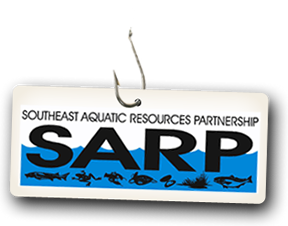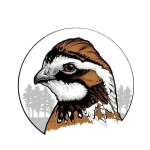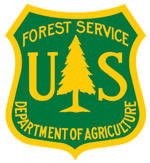Cave and Karst Data Access
by
Rosanne Hessmiller
—
last modified
Jul 05, 2017 02:15 PM
The cave and karst dataset from this research is available through our Conservation Planning Atlas.
These GIS data represent the input and results of a spatial statistical model used to examine the hypothesis that the presence of major faunal groups of cave obligate species could be predicted based on features of the Earth surface.
Georeferenced records of cave obligate amphipods, crayfish, fish, isopods, beetles, millipedes, pseudoscorpions, spiders, and springtails within the area of Appalachian Landscape Conservation Cooperative (LCC) in the eastern United States (Illinois to Virginia, and New York to Alabama) were assigned to 20 x 20 km grid cells. Habitat suitability for these faunal groups was modeled using logistic regression with twenty predictor variables within each grid cell, such as percent karst, soil features, temperature, precipitation, and elevation. The models successfully predicted the presence of a group greater than 65 percent of the time (mean=88 percent) for the presence of single grid cell endemics, and for all faunal groups except pseudoscorpions. The most common predictor variables were latitude, percent karst, and the standard deviation of the Topographic Position Index (TPI), a measure of landscape rugosity within each grid cell. The overall success of these models points to a number of important connections between the surface and cave environments, and some of these, especially soil features and topographic variability, suggest new research directions. These models should prove to be useful tools in predicting the presence of species in understudied areas.


























